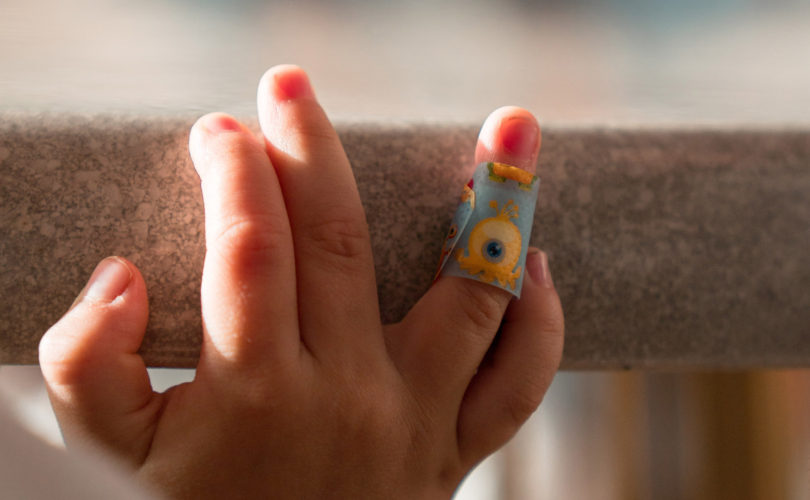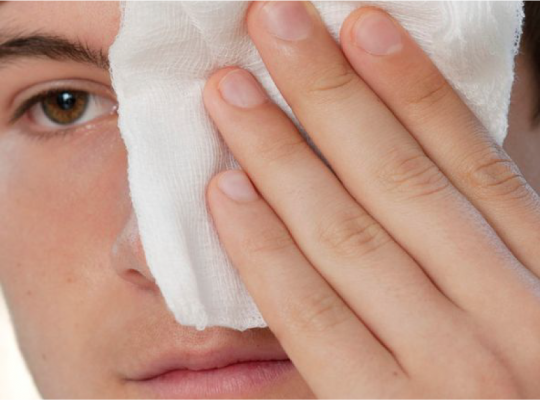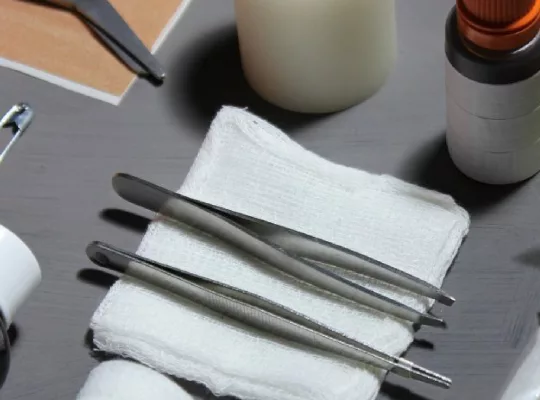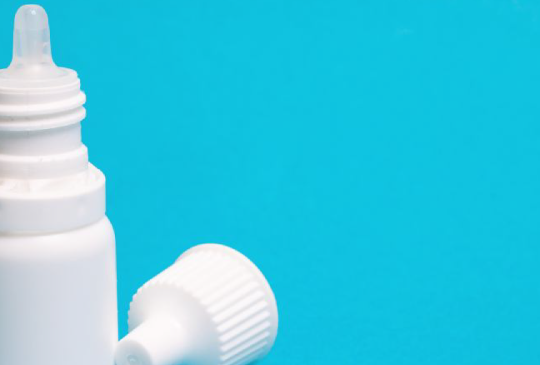Choosing the right bandage for an injury can feel overwhelming, especially when faced with various options. Whether it’s a small cut or a sprained ankle, using the wrong type of bandage may delay healing or cause discomfort.
One common issue people face is knowing which bandage offers the right balance of protection and comfort. With so many sizes, materials, and purposes, making the right choice isn’t always clear.
Did you know that adhesive bandages are the most used type, with over 100 billion sold each year worldwide? That’s a lot of decisions being made about something as simple as covering a wound.
In this guide, we’ll break down the most common types of bandages, their uses, and how to choose the right one.
Let’s take the guesswork out of your next first-aid decision.
What Are Bandages?
Bandages are strips of fabric that bind parts of the body or secure dressings to wounds and can be both adhesive or non-adhesive. Bandages come in a variety of sizes and shapes to address specific injuries. If your bandage id non-adhesive, use an external liquid adhesive.
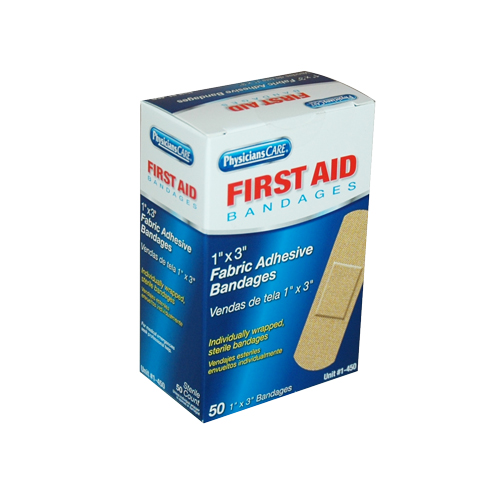
Strip Bandage
These are the most common type of adhesive bandage. They come in a variety of sizes but are for smaller or less significant injuries.
Finger Tip Bandage
These specialized bandages fit around finger tips without being obstructive.
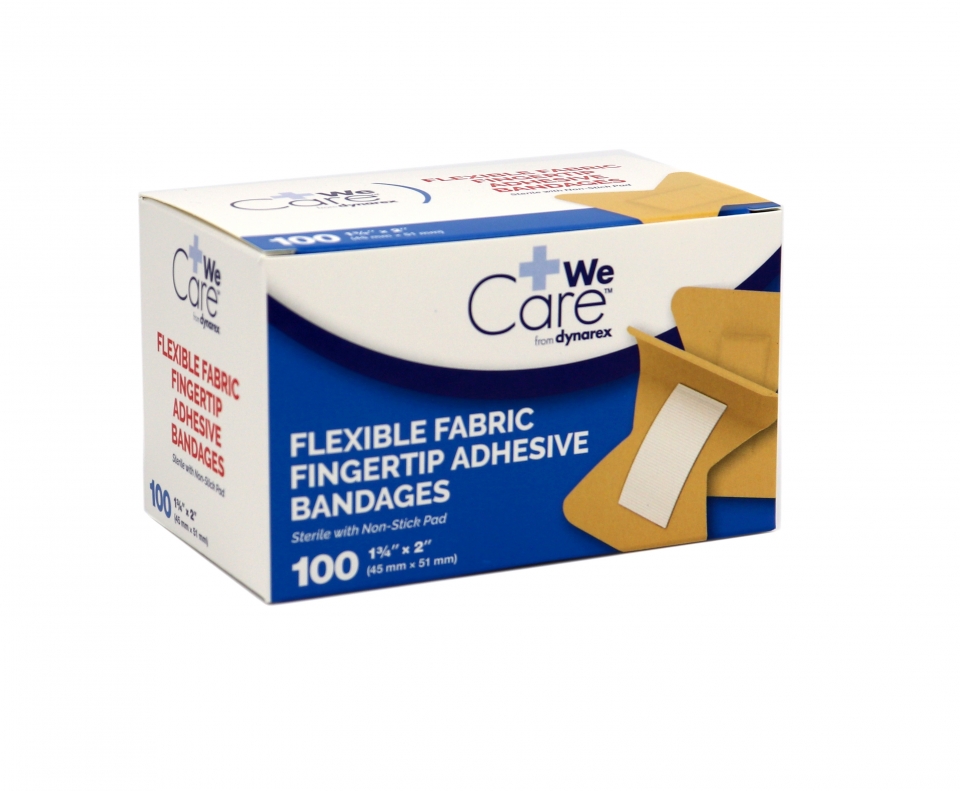
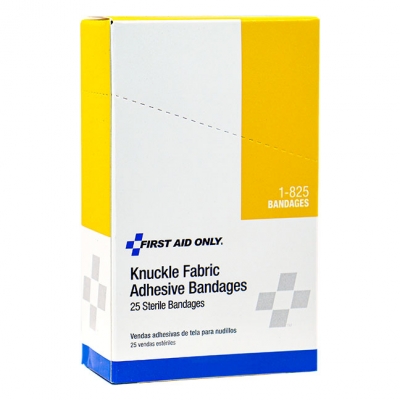
Knuckle Bandage
These cover wounds on knuckles without limiting mobility.
Butterfly Bandages
Butterfly bandages are a type of wound closure, designed to hold two sides of a wound together like stitches to promote healing. They are not a substitute for stitches however, and are designed for minor wounds.
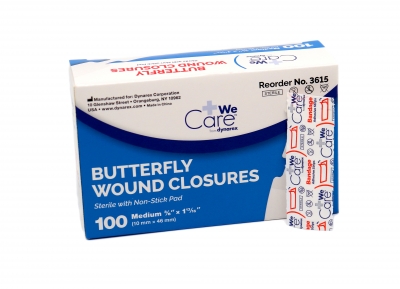
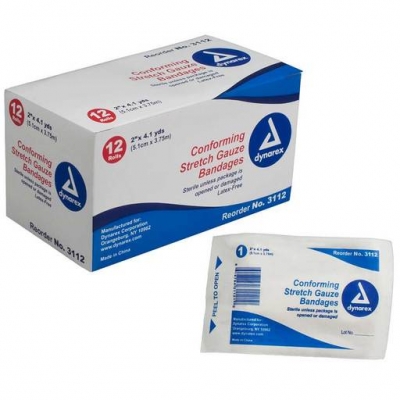
Gauze Rolls
Gauze rolls are a non-adhesive bandage that provide a comfortable barrier around a wound. These can be used as both bandages and dressings. They are most effective for large burns and large but not serious wounds.
Elastic Bandages
Elastic bandages are non-adhesive and designed to support sprains, strained muscles, and wounds that require pressure. The elastic allows for consistent pressure without having to use a set of hands to apply the pressure
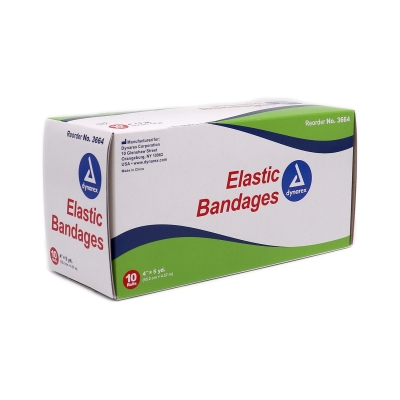
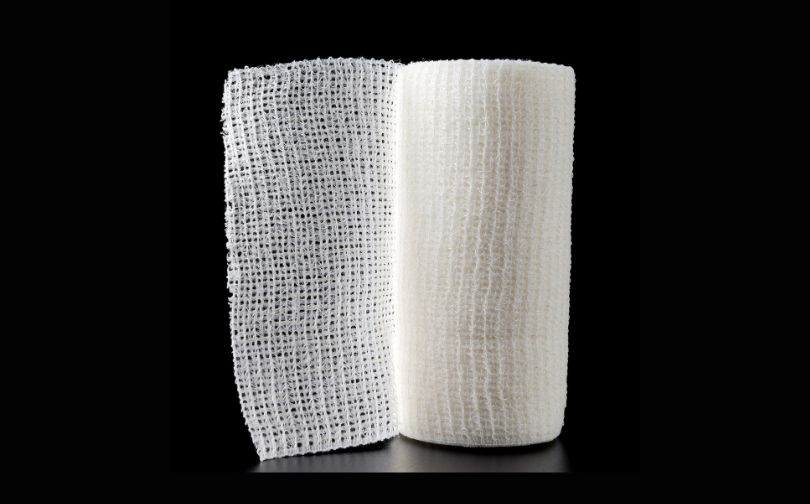
Cohesive bandages are self-adhesive, sticking only to themselves without leaving residue on skin or hair. They are perfect for sensitive areas and offer excellent flexibility, often used around joints like ankles, wrists, and elbows. This type of bandage effectively secures dressings and supports injured muscles while allowing movement.
Tubular Bandages
Tubular bandages provide consistent, 360-degree compression and are ideal for managing edema and post-cast support. They adjust to body movement without the need for clips or tape. Commonly used in wound dressing retention, they offer flexibility while ensuring stable support for limbs and joints, like the knees or elbow support.
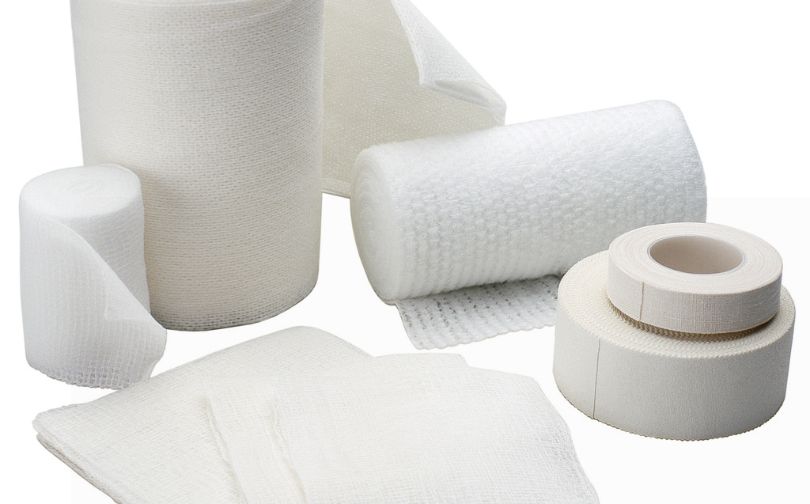
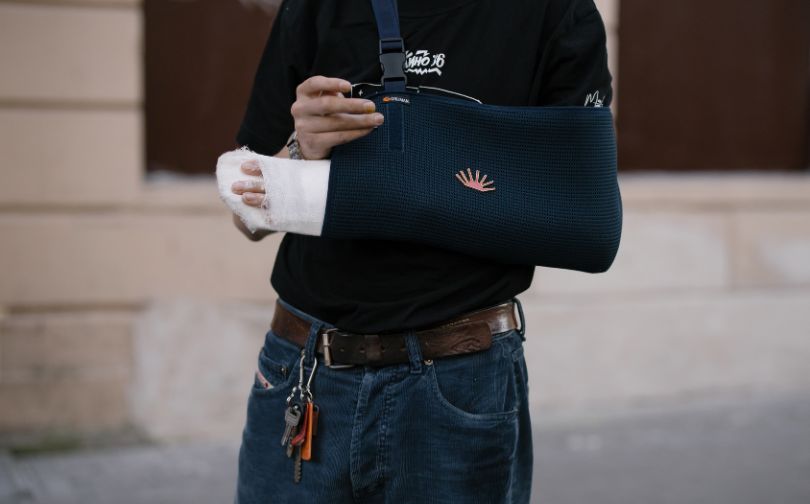
Triangular Bandages
A triangular bandage, or cravat, is a versatile cloth folded into a triangle shape. Often used as a sling for arm support or to secure dressings, it serves many purposes in first aid kits. Triangular bandages can immobilize injured limbs, control bleeding, and act as temporary tourniquets in emergencies.
How to Dress a Wound
Caring for wounds is the most important part of first aid. Properly dressing and cleaning a gauze stuck to wound is paramount for preventing infection and promoting healing.
- Gauge the Bleeding
- A little bleeding is ok. If the wound is bleeding slowly, or only bleeds when you squeeze the area around the wound, it is nothing to worry about. Simply wash and dress the wound with an appropriately sized bandage.
- If the wound is large, or excessive bleeding occurs, then it should be addressed by a medical professional. Take some gauze or other form of absorbent dressing to absorb some of the blood and wipe the area around the wound with an antiseptic wipe. Then grab some fresh gauze and use it to apply pressure and call 911.
- Clean the Wound
- For non-serious wounds rinse the wound with running water. Then use soap to clean the skin around the wound. It is ok if soap gets in the wound, it might just hurt and cause slight irritation. Rinse thoroughly to make sure all dirt and soap are out of the wound.
- Dress the Wound
- Small breaks in the skin such as papercuts or scratches do not need to be dressed but should be washed regularly. If the wound is on a high-contact area, covering it with an adhesive bandage will help reduce irritation.
- For small wounds that are not bleeding much, adhesive bandages are all you need. If you suffer a small wound that is bleeding a lot, for instance, slicing the edge or tip of your finger with a kitchen knife. That will likely cause too much bleeding for a regular bandage, and you will have to use gauze and pressure. If the wound doesn’t stop bleeding after 10 minutes of applying pressure, see a doctor, as you may need stitches.
- When covering a wound, there should be a comfortable amount of pressure. Pressure helps slow bleeding by compressing the blood vessels. Too much pressure may cut off circulation and cause additional issues.
Conclusion
When choosing a bandage, it’s essential to focus on comfort and proper fit for each type of injury. Adhesive bandages are widely used for small wounds, while more specialized first aid options like knuckle and butterfly bandages offer tailored solutions for specific areas. Elastic bandages provide support and compression for sprains, ensuring stability during recovery.
Proper wound care plays a critical role in healing. Cleaning and dressing the wound promptly can prevent infections and promote faster recovery. Gauging the severity of bleeding helps in deciding whether professional medical attention is needed.
With the right bandage and proper care, you can manage minor injuries effectively, ensuring comfort and protection throughout the healing process.
FAQs
What Is the Function of a Triangular Bandage?
A triangular bandage supports injured limbs, secures dressings, and can be used as a makeshift tourniquet. Its versatility makes it essential for immobilizing arms, wrists, and shoulders during emergency care.
How Do Compression Bandages Aid in Healing?
Compression bandages reduce swelling and provide support to soft tissue injuries. They are effective in managing lymphedema and venous ulcers by applying consistent pressure to the affected area, promoting circulation and faster recovery.
What Distinguishes a Gauze Bandage From Other Types?
Gauze bandages are woven strips that secure dressings and cover wounds. Available in various sizes, they are breathable and suitable for most wound care situations, allowing for easy adaptation to different injury types.
What Are the Main Types of Bandages Used in First Aid?
First aid bandages include crepe, conforming, cohesive, open weave, plaster of Paris, gauze, adhesive, compression, triangular, and tube bandages. Each serves a specific purpose, from wound covering to immobilizing injured limbs and applying pressure to reduce swelling.
What Is the Purpose of a Crepe Bandage?
Crepe bandages offer elasticity and are commonly used to support healing in sprains and strains. They provide compression while allowing flexibility in joints and muscles, making them ideal for injury support and securing dressings.

